Your Cart is Empty
Free Shipping over $150 (Excludes Oversized Products)
Free Shipping over $150 (Excludes Oversized Products)
Sanding Belts
Sanding Discs

Forge Scale Removal: How To Remove Forge Scales
by David Kranker 3 min read

Quick Summary
Iron forging often leaves a spherical or flaky byproduct known as forge scale on the blade. To remove forge scale, you'll want to use an angle grinder with a flap disc. You'll want to use a coarse grain such as P36 or P40.
Topics Covered:
When knives are being made, iron forging often leaves a spherical or flaky byproduct known as forge scale on the blade. It typically forms when hot iron rapidly oxidizes in the area: when iron is heated, it develops an outer layer of iron oxide, which may separate from the original piece after being hammered or subjected to differential thermal contraction.
Additional forge scale is produced from the heating and hammering required to shape the piece. Due to its high iron oxide content, the scale produced at this stage tends to be slimmer and darker in color.
If you make knives using the forge method, you’ll want to remove these scales, which can impact the aesthetic quality of the finished blade. In this blog, the team at Red Label Abrasives goes over some commonly-used methods for dealing with these imperfections.
Vinegar Method
A vinegar soak will remove scale and speed up the finishing process. Soak the knife overnight in household vinegar -- the entire workpiece needs to be immersed or it will etch where air meets vinegar. Use a baking soda bath to neutralize, then dry. The surface should now be ready for sanding.
Although they work well, vinegar soaks take time. If you’re on a tight schedule, angle grinding will get rid of the scale faster.
Angle Grinding
Hand-sanding tools like sandpaper and files can be damaged by forge scale. With an angle grinder, you can use a flap disc to remove scale and decarburized steel from the blade. This leaves the blade ready for further shaping and finishing.
Start with a coarse abrasive such as P36 or P40. Whenever you are machining through scale, you need to cut deep enough to get under it. The tips of your cutter should be cutting steel, not scale. Scale is hard, but brittle and not very well bonded to steel. Taking away the steel beneath it will cause it to shatter and fall off.
Our Premium-Quality Flap Discs
Forging Practices to Minimize Scale
To minimize scale buildup, brush the workpiece frequently during forging. When it's out of the forge, go over it using an angle grinder with a knotted wire cup brush to remove scale while maintaining the forged finish if that’s the visual outcome you’re looking for.
Other tips include:
- Don't heat the forge too much. Steel oxidizes faster at higher temperatures.
- Make sure your anvil is clean. Scales prevent an anvil from being smooth.
- Keep your hammer and anvil wet, which is a Japanese knife making trick. When water comes in contact with hot steel, it instantly turns to steam, and the steam is supposed to blast the scale off the blade so it doesn't get forged into it.
- Keep the forge atmosphere neutral or reducing if you have a gas forge. Keep your blade in a neutral or reducing part of the fire if you are using a solid fuel forge.
Talk to an Abrasive Specialist
Knife forging is a centuries-old art. While scales can be a byproduct of this method, the steps in this guide can help you remove them and create an equally timeless blade. Once the scales are gone, the steel will be ready for sanding, so check out the comprehensive knife making kits available at Red Label Abrasives. If you need to speak to an abrasive technician before placing an order, we’d be happy to help: please call 844-824-1956 or fill out our contact form. ABOUT THE AUTHOR
David Kranker is a writer and creative maker who has been covering the abrasive and knife-making industries on the Red Label Abrasives Blog since 2020. David spends his time continually researching sanding and bladesmithing to provide readers with the latest and greatest information. In his free time, David utilizes abrasives for many different home and auto projects at his home in Delton, MI.
Belt Packs Made For Knife Makers
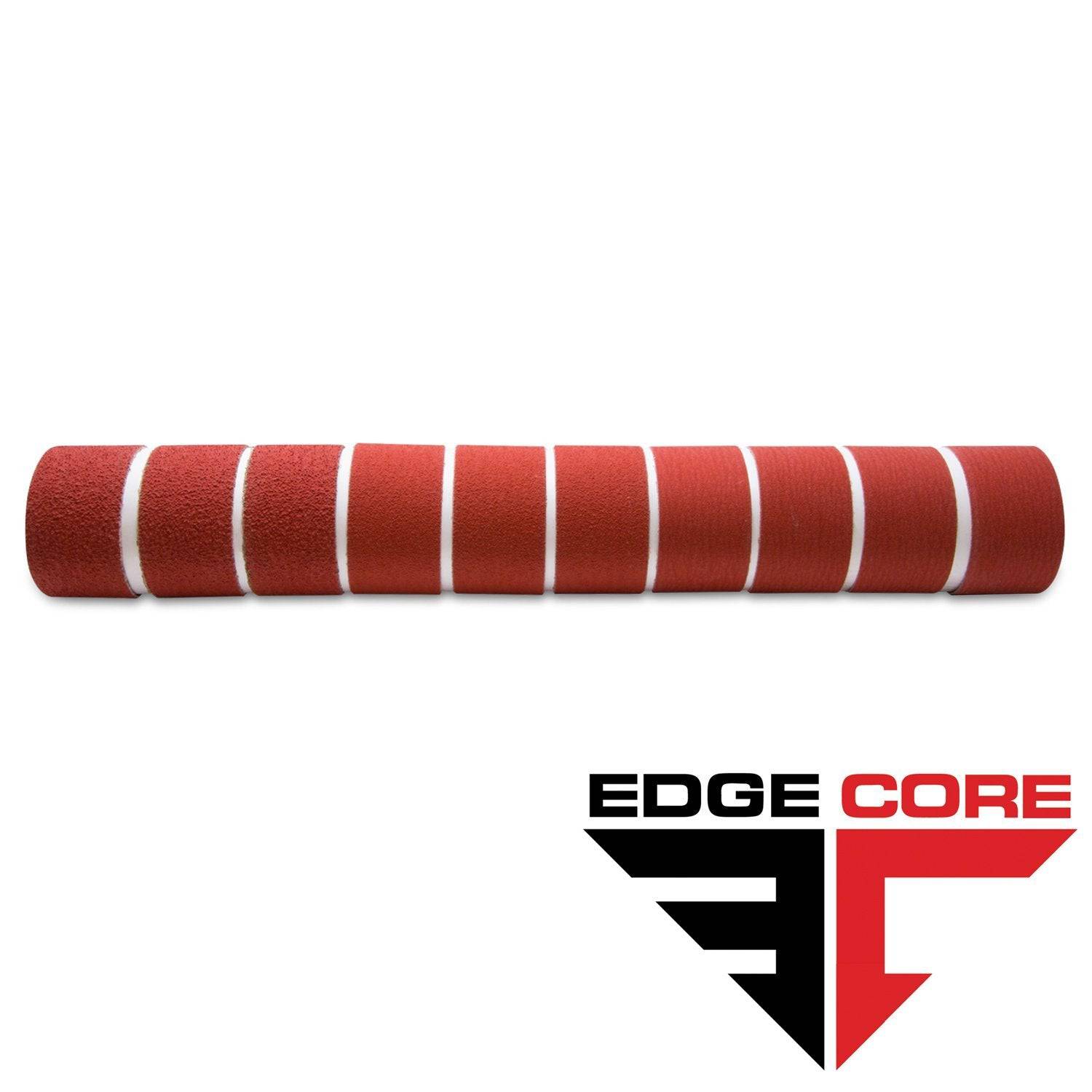
2 X 72 Inch Knife Makers Sanding Belts Assortment
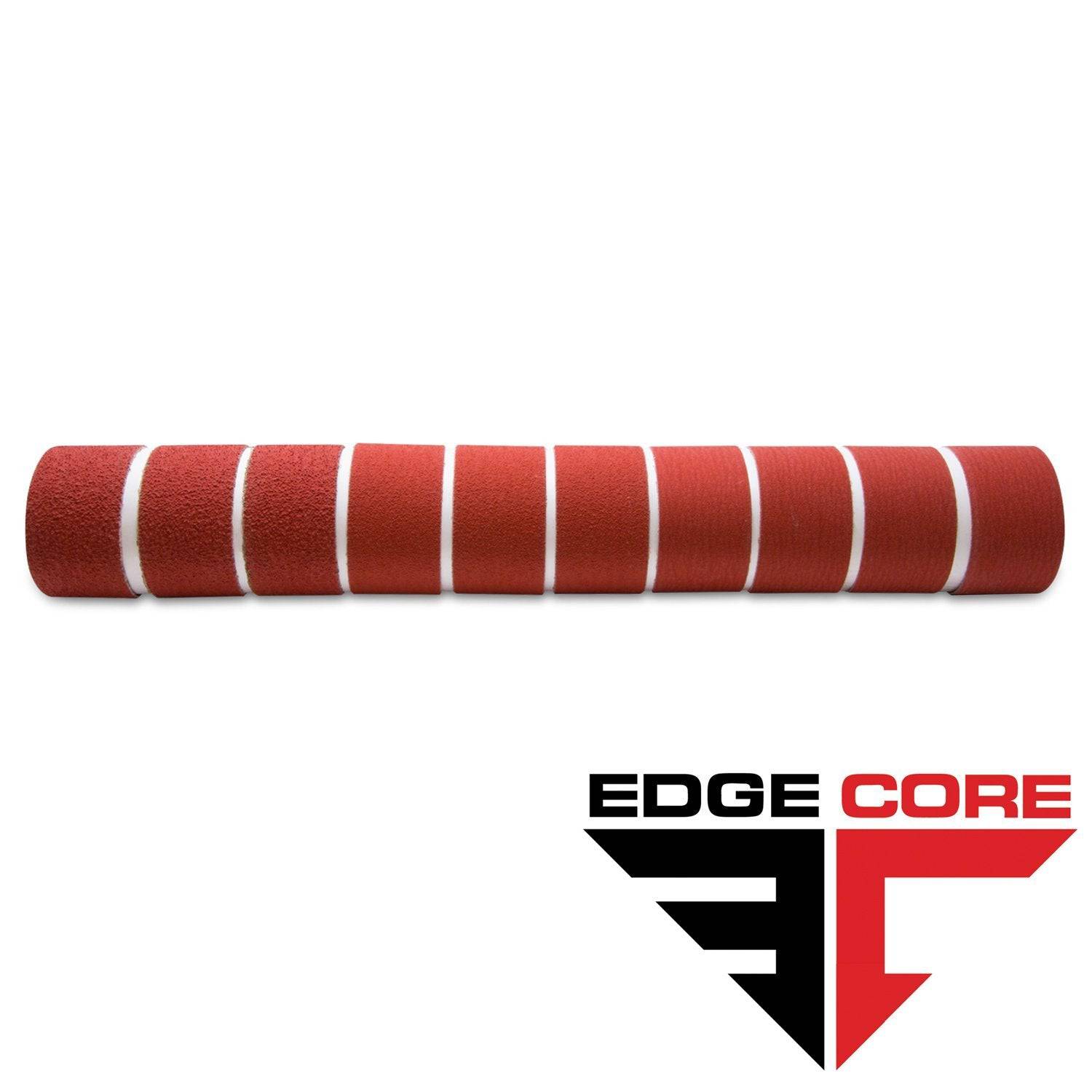
2 X 60 Inch Knife Makers Sanding Belts Assortment
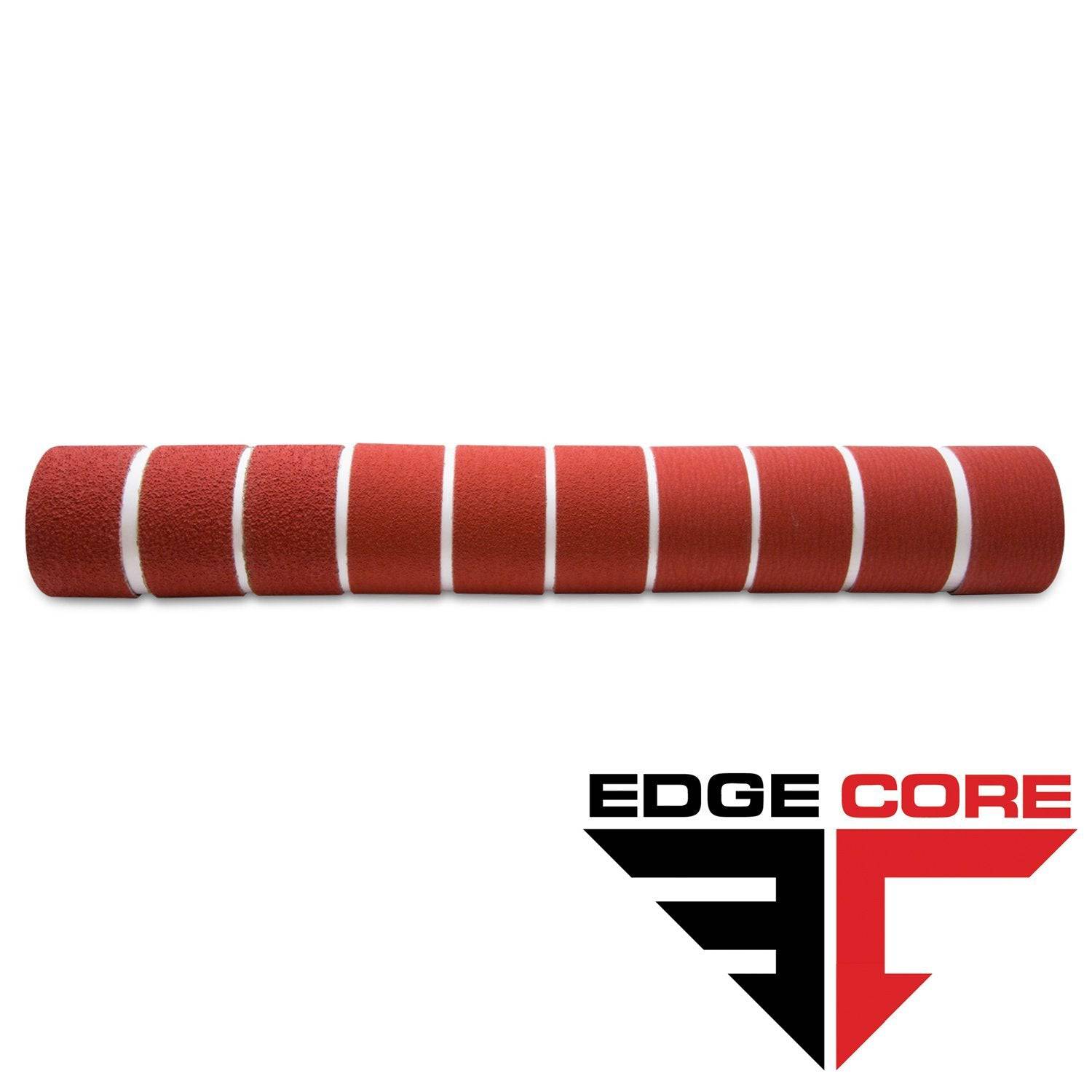
2 X 48 Inch Knife Makers Sanding Belts Assortment
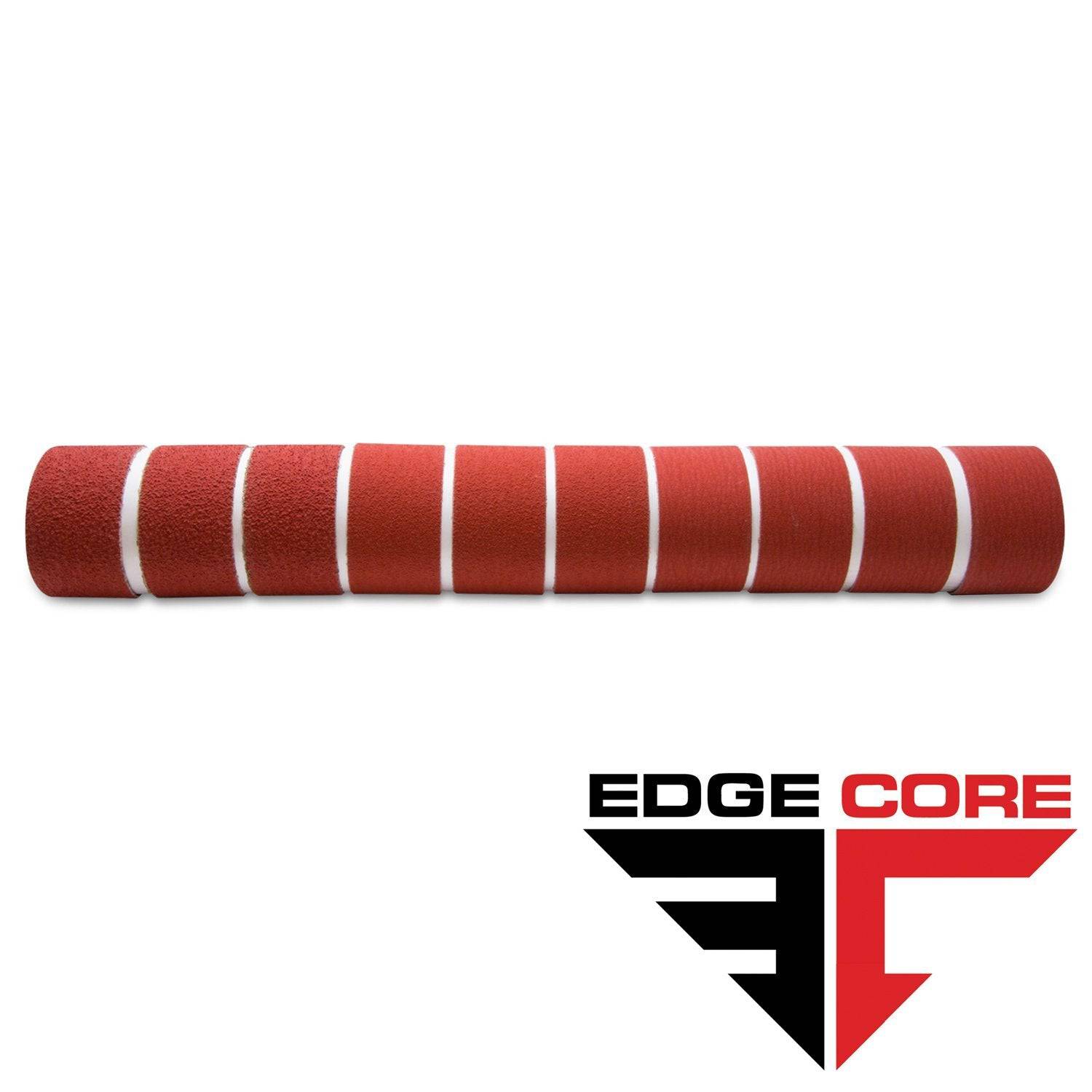
2 X 36 Inch Knife Makers Sanding Belt Assortment
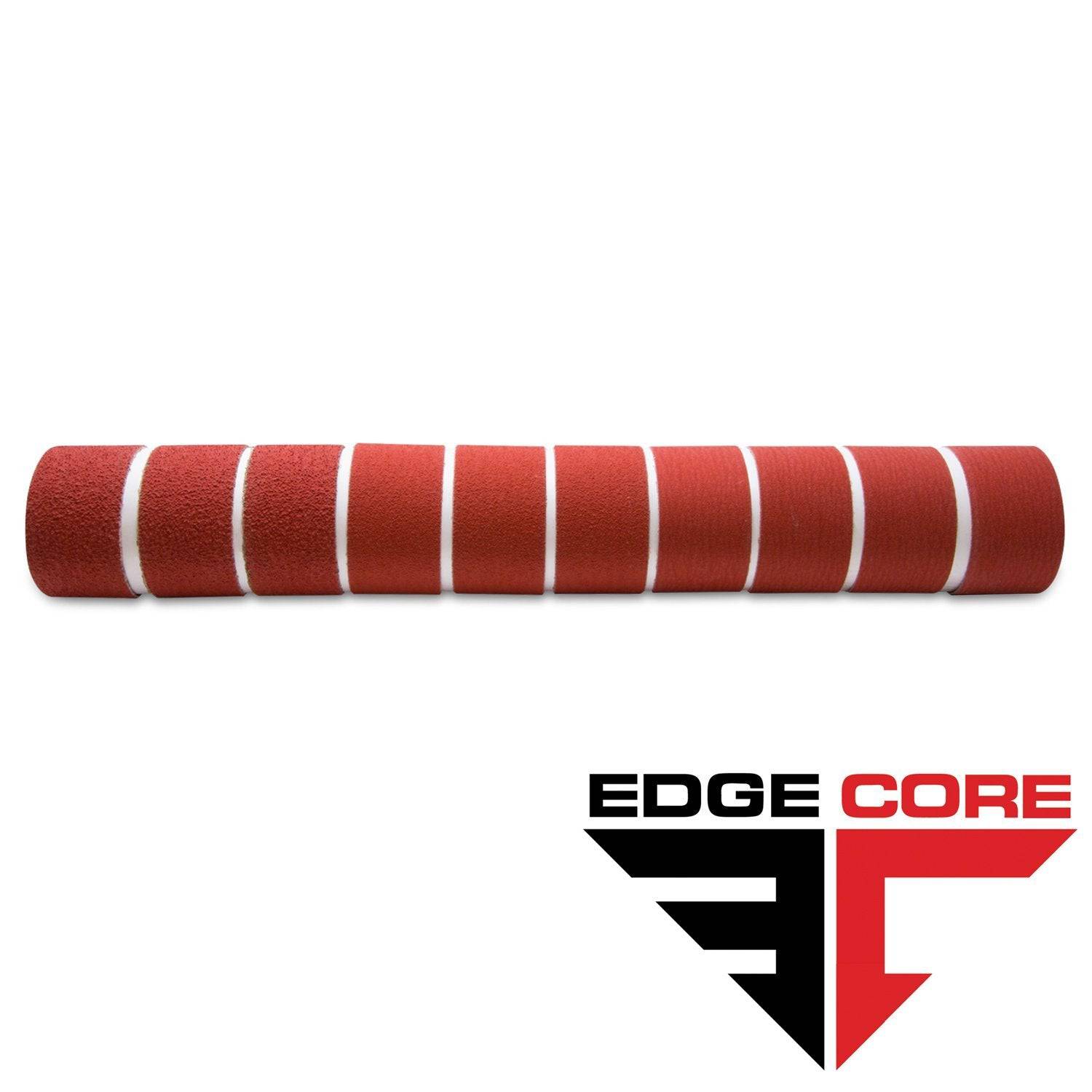
2 X 42 Inch Knife Makers Sanding Belts Assortment
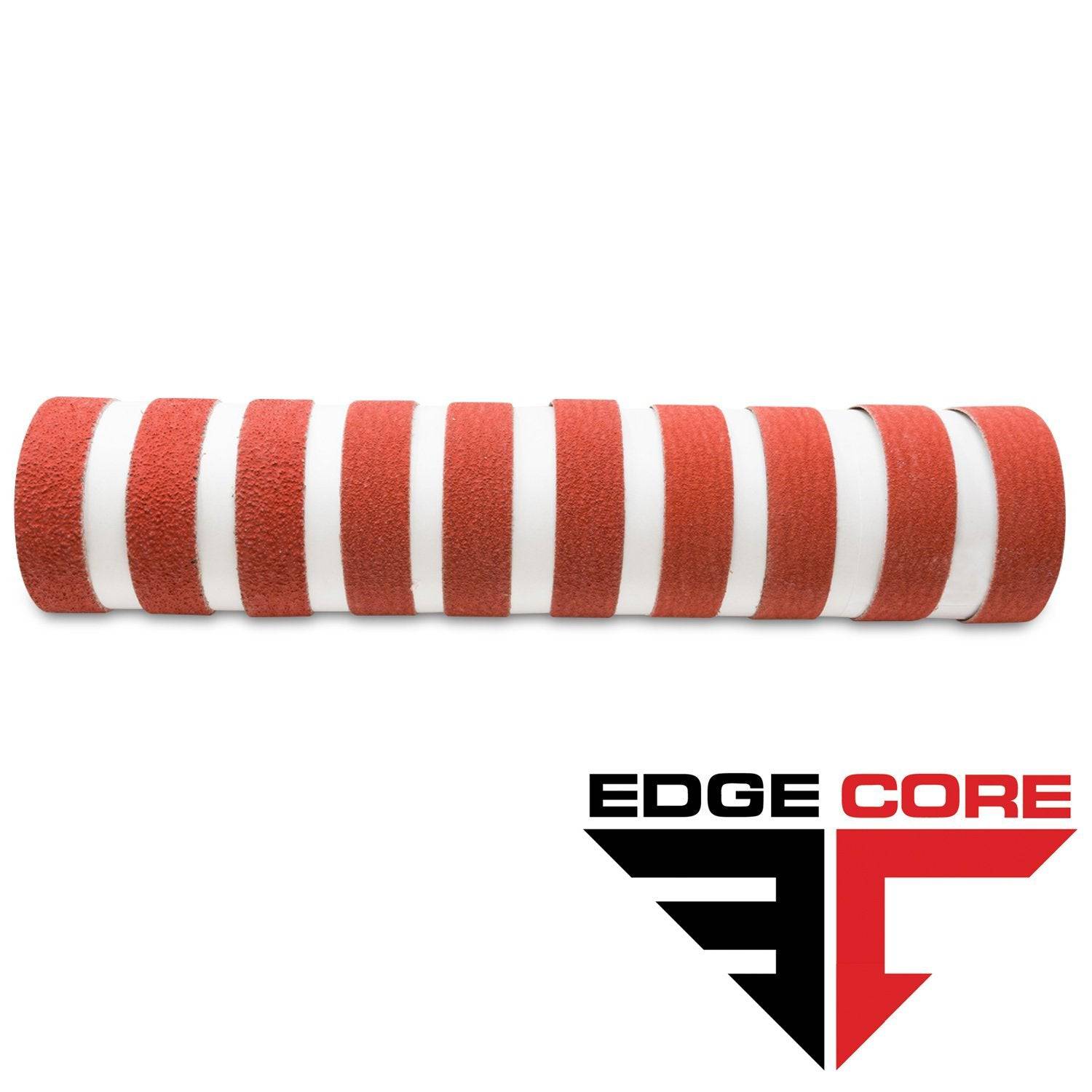
1 X 30 Inch Knife Makers Sanding Belts Assortment
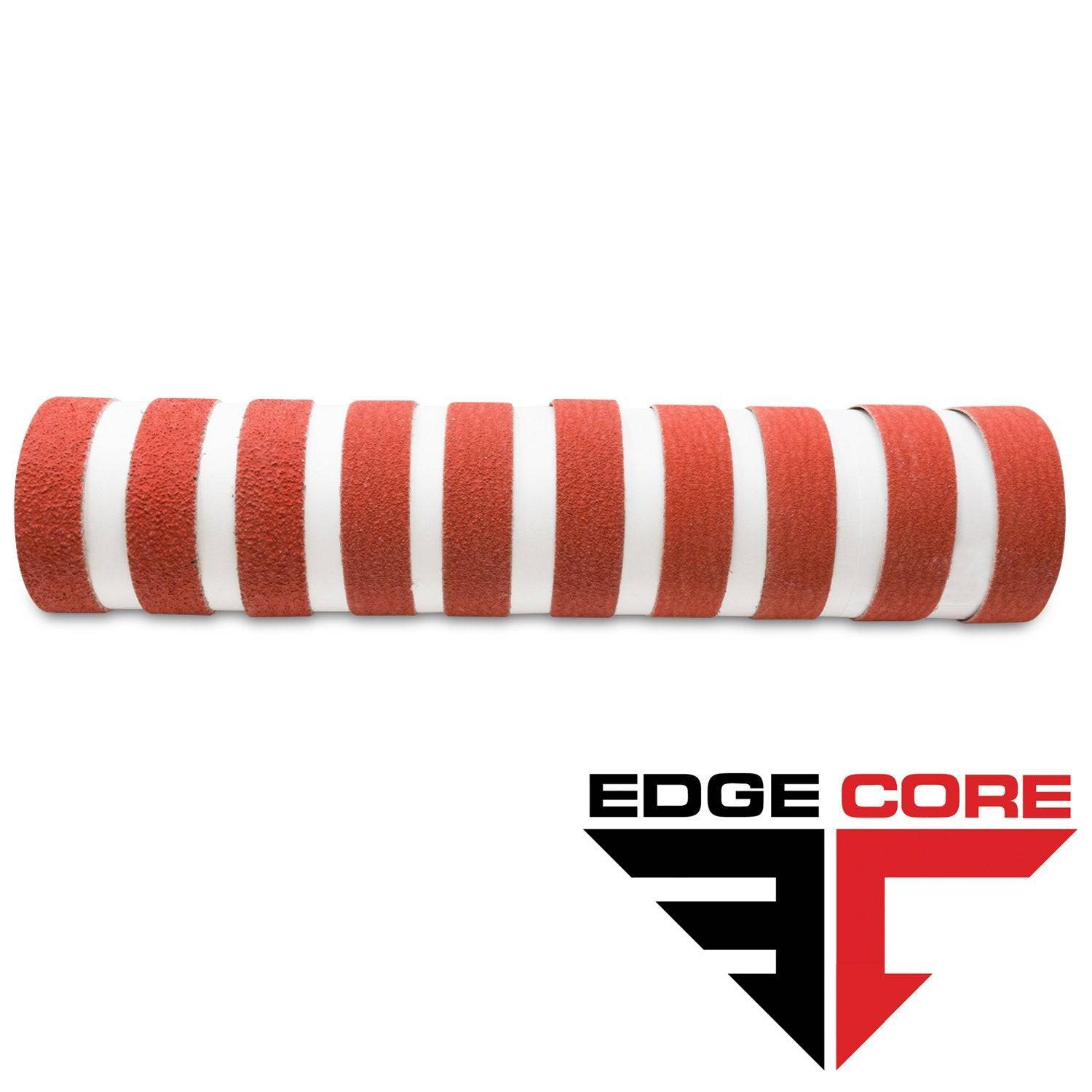
1 x 42 Inch Knife Makers Sanding Belt Assortment
Shop By Product Category





Why Choose Red Label?







